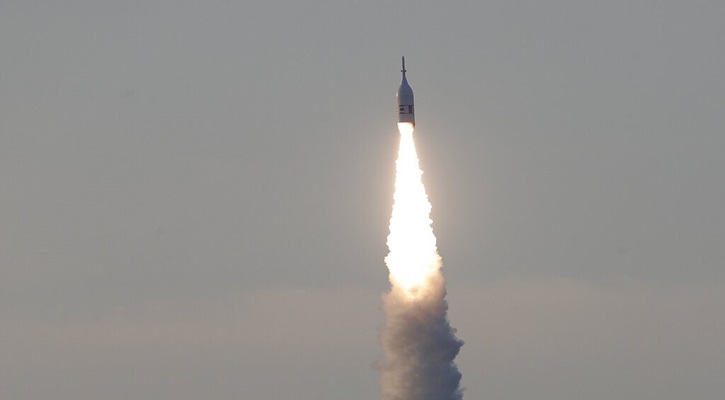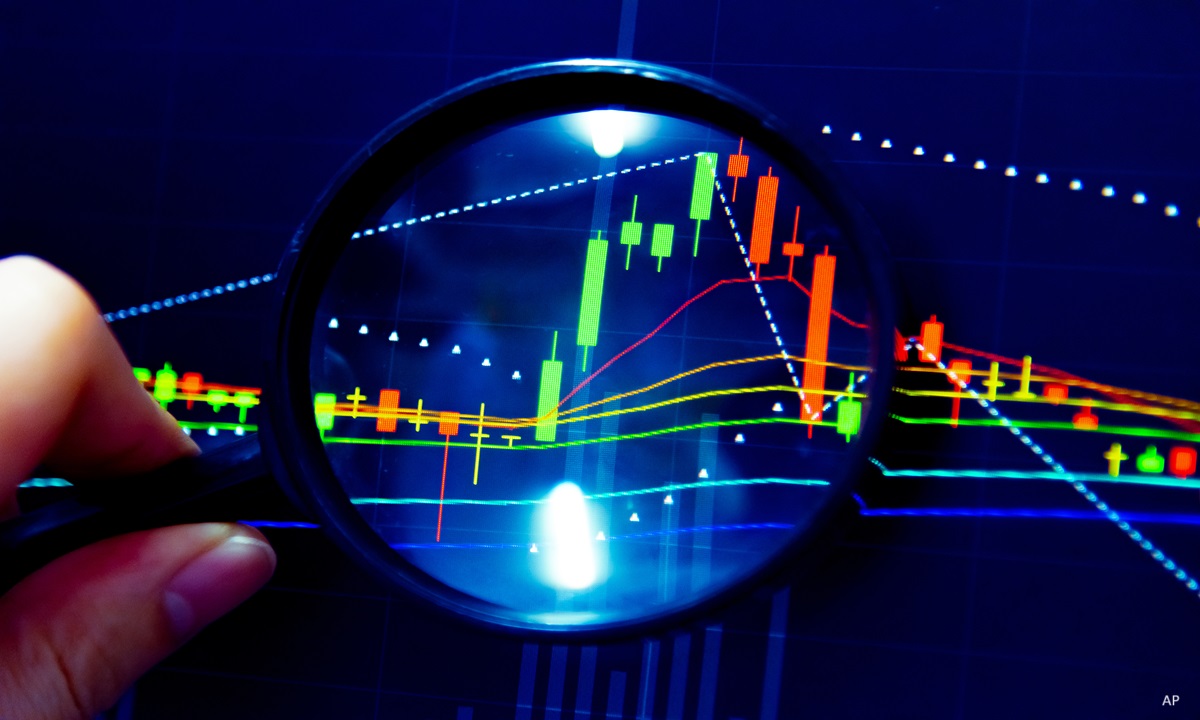Rolle im Portfolio
The Amundi ETF EURO STOXX 50 is a suitable choice as a core portfolio building block. It offers broad exposure to many of the largest companies in the European Economic and Monetary Union (EMU). The ETF can also be used as a tactical tool to overweight a portfolio's exposure to the currency bloc's equities, or it can be shorted to bet against the performance of the underlying equities or to hedge existing positions.
The immense size of the companies in the index (their average market capitalisation is greater than EUR 30 billion) means that even with only 50 components, it captures nearly 60% of the total market value of all eurozone-listed companies. The exclusion of non-eurozone companies means the index has slightly greater sector concentration compared to a broader European index like the STOXX Europe 600. Specifically, the EURO STOXX 50 has larger exposure to financials, telecoms and utilities, and less exposure to healthcare.
Investors should also be aware that French and German companies make up more than two thirds of the EURO STOXX 50 Index. So integrating this regional fund into a portfolio that has existing exposure to France and/or Germany might result in substantial overlap.
Investors outside the eurozone should be mindful of the currency risk inherent in this euro-denominated fund as the performance of the euro relative to the investor's home currency will affect their return.
Fundamentale Analyse
After a year of investor dissatisfaction about the various attempts made by Eurozone policymakers and politicians to tackle the region’s debt crisis, the European Central Bank (ECB) has finally stepped up to the plate. In late July, ECB President Mario Draghi pledged he will do whatever it takes to preserve the euro. This resulted in stocks rising and risk premia decreasing as investors awaited his specific proposals. In September, Draghi announced that the ECB will buy an unlimited amount of debt from any eurozone country that formally asks for European aid.
The successful implementation of Draghi’s plan might prove a lot harder than his initial pledge implies. Although the risk of sovereign default is no longer imminent, long-term solvency issues within the periphery remain and threaten to infiltrate the core.
Overall, the economic outlook for the region remains weak. Recent statistics indicate that euro area GDP contracted by 0.2% in Q2-2012, following zero growth in the previous quarter. Economic indicators point to a continued contraction of economic activity during the remainder of 2012, in an environment of heightened uncertainty. Looking beyond the short term, the euro area economy is expected to recover only very gradually.
Substantial downside risks persist, including additional fiscal consolidation in many EU member states, further tightening of credit conditions as well as depressed business and consumer confidence.
Despite the recent policy actions taken by the ECB to help stabilise the financial system, banks remain under pressure against a backdrop of fragile mid- to long-term funding conditions, generally difficult operating conditions, and increased regulatory burdens. Deleveraging remains a longer-term structural theme for the banking sector.
Meanwhile, looking at current market valuations, one might think that stocks in the region have become relatively cheap. As of this writing the EURO STOXX 50 is trading at around 10 times earnings, well below historical levels. The index’s trailing 7-year average price-to-earnings ratio is 12-13.
While some bearish investors may argue that the eurozone equity market is cheap for a reason, others believe that many sectors are already pricing in a negative outcome to the eurozone sovereign debt crisis. Underpinning the belief that current valuations are low is the confidence that most of the companies making up the EURO STOXX 50 will continue to benefit from the global recovery. Specifically, ongoing demand from emerging markets should continue to contribute positively to exporters’ earnings. Exporters in the region will also likely find comfort in a weakened euro. The euro was the worst performing major currency over the twelve months through the end of September 2012, declining 12% and 8% against the US dollar and sterling, respectively.
Indexkonstruktion
The EURO STOXX 50 index includes 50 companies. To be eligible for inclusion a company must be headquartered in a country of the EMU. The index is weighted by free-float adjusted market capitalisation, with each component capped at a maximum of 10% of the index’s overall value. Full reviews are done in September of each year, but there are criteria which can turn over components sooner, such as a merger, bankruptcy or a constituent otherwise slipping from the ranks of the top 75. The banking sector is the biggest sector represented, comprising 11-14% of the index's value, followed by industrial goods & services (11%) and chemicals (9-10%). French and German companies account for more than two thirds of the index. Spanish and Italian companies represent another 20-23% and the remainder is spread amongst another eight countries. The index is fairly well-balanced from a single stock perspective. Total is the largest component of the EURO STOXX 50 with a 3-4% weighting. The second and third largest stocks represented are Sanofi and Siemens.
Fondskonstruktion
The Amundi ETF EURO STOXX 50 uses synthetic replication to track the performance of the EURO STOXX 50 Net Return index. To achieve this performance, the fund buys a basket of securities and enters an un-funded swap with parent company Credit Agricole. Under this agreement, the bank gives away the performance of the index in exchange for the performance of the fund’s holdings. In line with UCITS requirements, counterparty risk exposure mustn’t exceed 10% of the fund’s net asset value. This means that the ETF's holdings must represent at least 90% of the fund’s net asset value at the end of any given day. However, Amundi has a target of zero counterparty exposure, which means that swaps are reset whenever their marked-to-market value becomes positive. This zero counterparty exposure objective may lead to negative swap values, which is equivalent to an over-collateralisation of the fund. As of this writing, the fund's substitute basket is made up of European stocks, a majority of which are large capitalisation stocks. As we write, the fund has a 0.1% swap exposure to Credit Agricole. No securities lending is implemented within this fund, which limits counterparty risk at the fund's level. The Amundi ETF EURO STOXX 50 (C) a capitalising fund, i.e. the dividends paid out by the index constituents are reinvested into the fund.
Gebühren
Amundi charges a total expense ratio (TER) of 0.15% for this fund.
Alternativen
The EURO STOXX 50 is the most widely-tracked index in Europe, so there are plenty of alternatives available from multiple providers, including iShares, Credit Suisse, HSBC, ComStage, Source, Lyxor, UBS, ETFLab and Accion. The largest and most heavily-traded ETF tracking the index is the Lyxor ETF EURO STOXX 50 A, which trades on Euronext Paris. The fund charges a TER of 0.25%. The cheapest option (speaking strictly in terms of TER) is offered by db X-trackers with a TER of 0.00%.
Investors interested in a more diversified exposure can look at the Ossiam ETF EURO STOXX 50 Equal Weight NR. By attributing the same weight to each of the index’s constituents, the fund seeks to avoid concentration effects. It charges an expense ratio of 0.30%.
Another smart beta product taking the EURO STOXX 50 as a starting point is the Lyxor SMARTIX Euro iSTOXX 50 Equal Risk ETF. The fund reweights the index’s components based on an equal risk contribution model, which results in a portfolio overweighting financials, consumer goods, telecommunications and utilities, while underweighting energy stocks. It has a TER of 0.25%.
Other comparable alternatives include the CS ETF on MSCI EMU Large Cap which charges 0.49%. Other options, albeit less directly comparable, include ETFs tracking broader European large cap indices such as the MSCI Europe and the STOXX Europe 600. These indices provide a broader exposure to the European equity market. Again here, there is no shortage of options. All the major providers from iShares to HSBC offer funds that track the MSCI Europe at expense ratios ranging from 0.25% to 0.35%. There is also an iShares STOXX Europe 600 with a TER of 0.21%.








.jpg)








